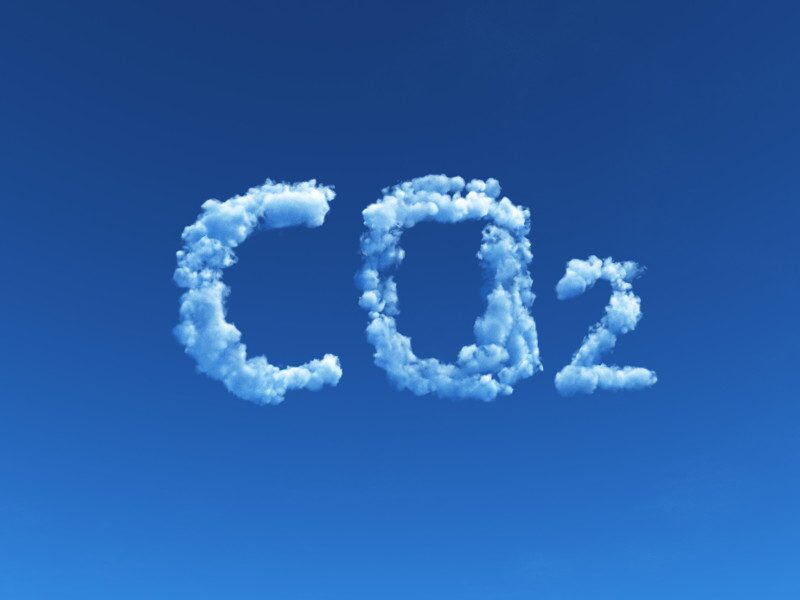Carbon dioxide (CO2) has been in the news a lot. We have all heard about global climate change. Chances are your child in elementary school has also heard about it. It has been center stage in all local, national, and international political and environmental debates. I am not going to talk about it here. What I am going to articulate here is what we can do about it in our own way. By “we,” I mean we as individuals, we as SPE members, and we as oil and gas industry professionals.
First, the bad news: Indeed, there are a lot of challenges with CO2. It is a stable compound and does not readily disintegrate. The biggest challenge perhaps is the cost of capturing CO2. Most of the anthropogenic CO2 is available from fixed sources such as power plants. The CO2 first has to be separated from nitrogen, then compressed, and finally piped and pumped into a subterranean reservoir for oil recovery or storage. All of these steps are expensive.
Now the good news: It can be done. And we, as petroleum engineers and Earth scientists, are best suited to do it. We know our reservoirs, we have produced from them, and we can ensure that CO2 can be sent back safely and securely into them. Supercritical CO2 is an excellent solvent, especially for lighter crude oils. If it were free, or as low in cost as water, we would be injecting CO2 instead of water for its favorable properties.
So how can we help? There are many areas and applications of CO2 in the oil and gas industry. CO2 enhanced oil recovery (EOR) is the bedrock and the mainstay in our application portfolio. A lot has been published in that area. At present, there remain several challenges with CO2 EOR. These include gravity override, poor sweep efficiency, and economic factors. Considerable work and research are ongoing to address all of these challenges. The papers that follow address some of them: an example of chemical-looping emerging technology in a bid to reduce CO2-capture costs; CO2 foams for improved oil recovery; commercial-scale demonstration projects; and use of CO2 in tight gas and unconventional resources.
This Month's Technical Papers
Chemical-Looping Combustion: An Emerging Carbon-Capture Technology
Viscosity and Stability of Dry CO2 Foams for Improved Oil Recovery
A Portfolio of Commercial-Scale Carbon-Capture-and-Storage Demonstration Projects
CO2-Based Enhanced Oil Recovery From Unconventional Reservoirs
Recommended Additional Reading
SPE 169039 Development of Small-Molecule CO2 Thickeners for EOR and Fracturing by J.J. Lee, University of Pittsburgh, et al.
SPE 169022 Experimental Investigation of Enhanced Recovery in Unconventional Liquid Reservoirs Using CO2: A Look Ahead to the Future of Unconventional EOR by Francisco D. Tovar, Texas A&M University, et al.
SPE 171692 Carbon Capture and Storage for Enhanced Oil Recovery: Integration and Optimization of a Post-Combustion CO2-Capture Facility at a Power Plant in Abu Dhabi by A. Reichl, Siemens, et al.



